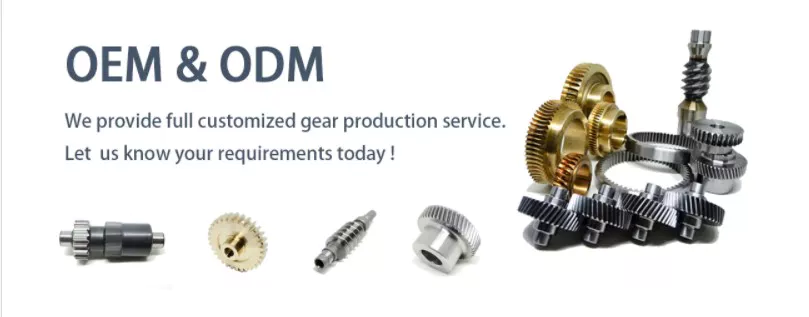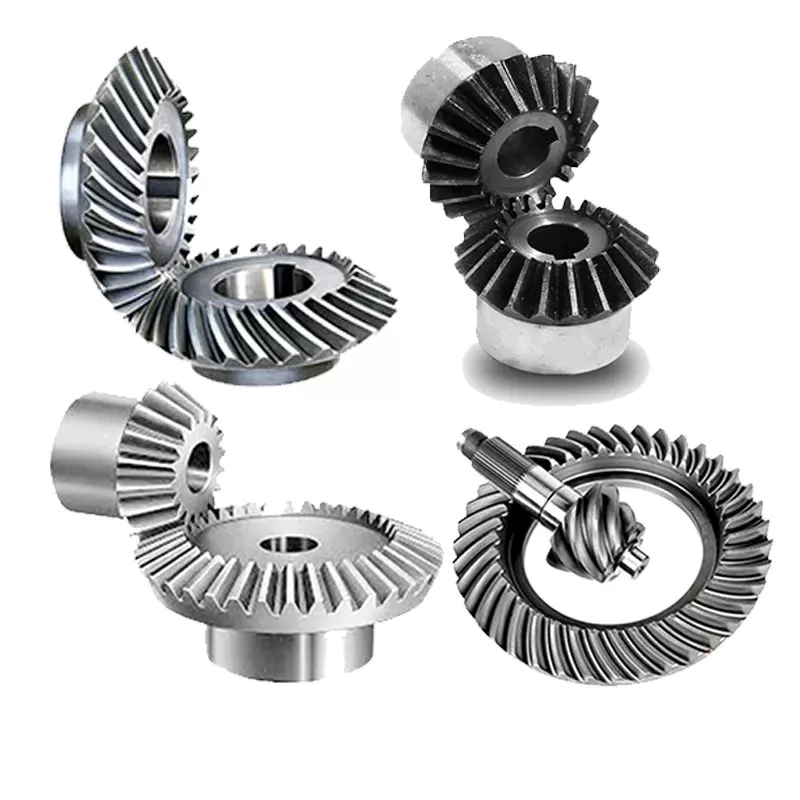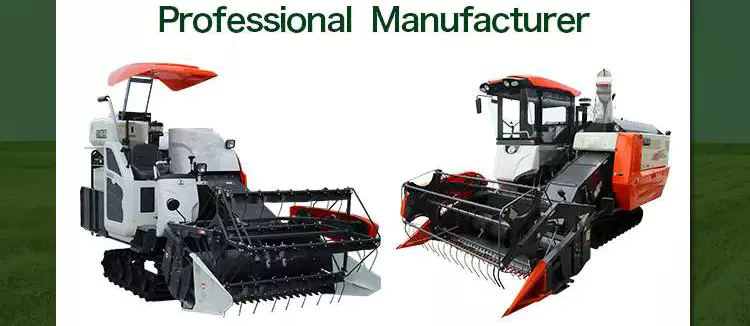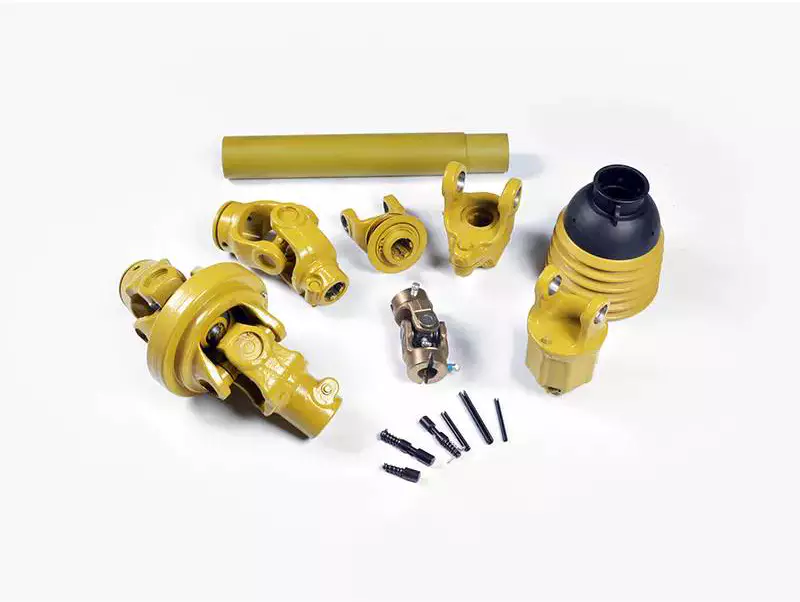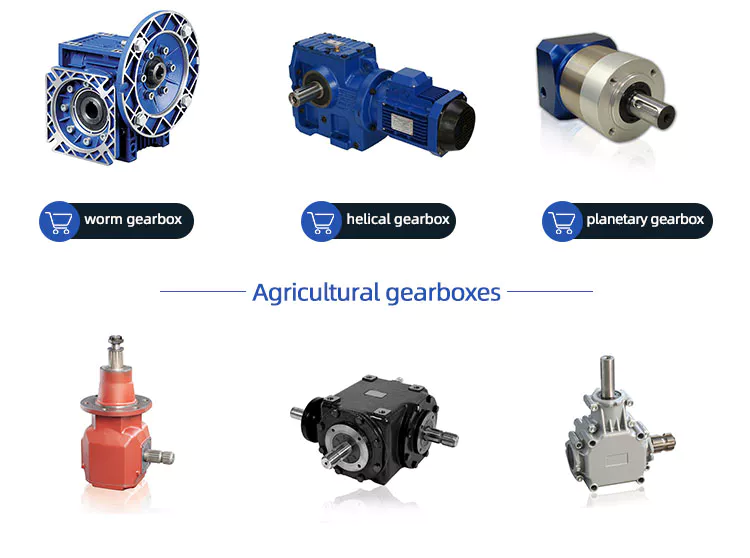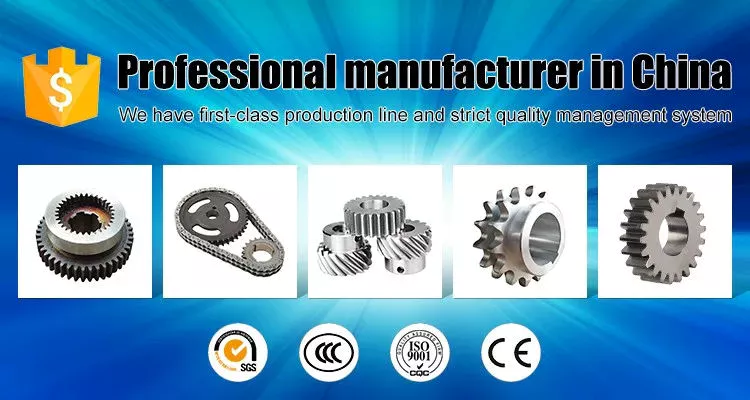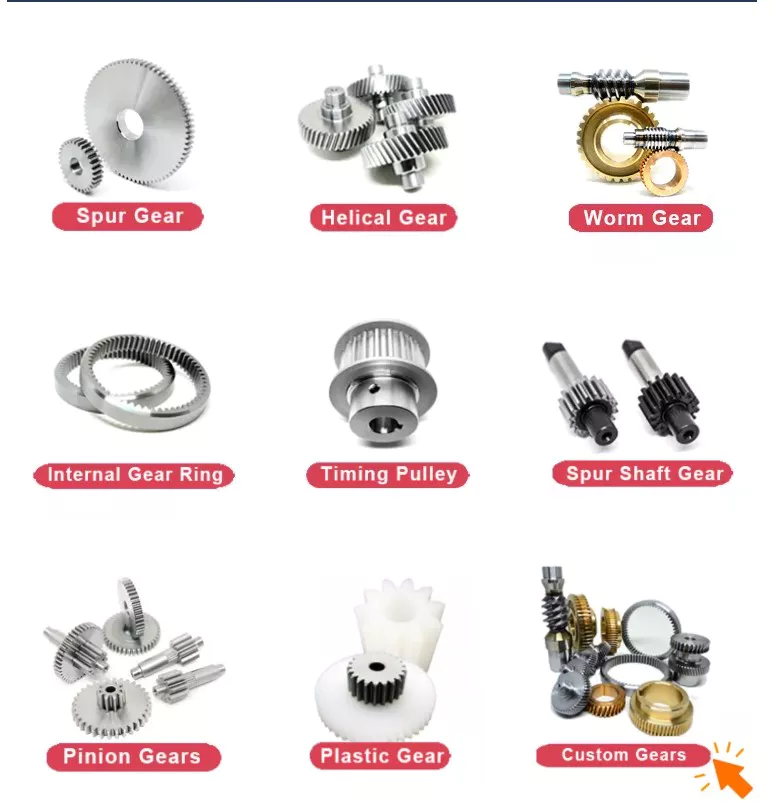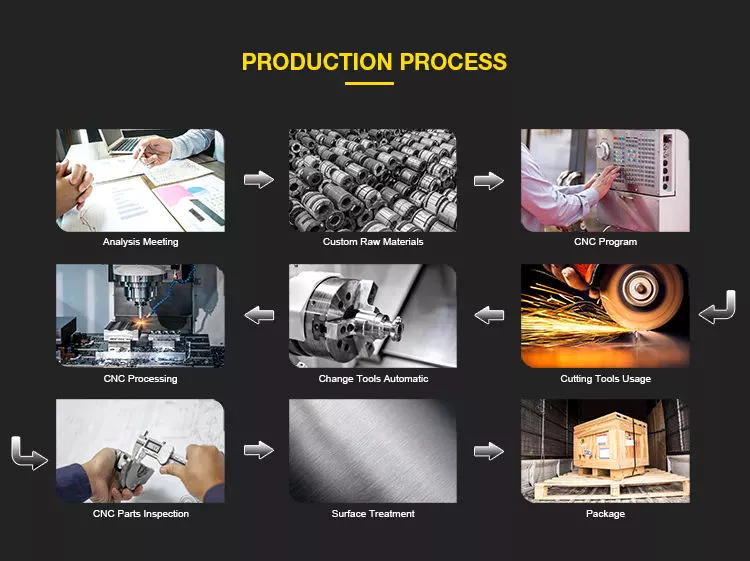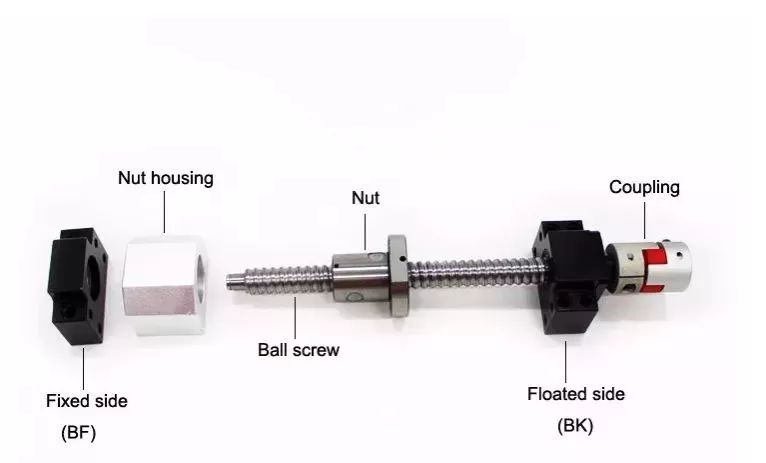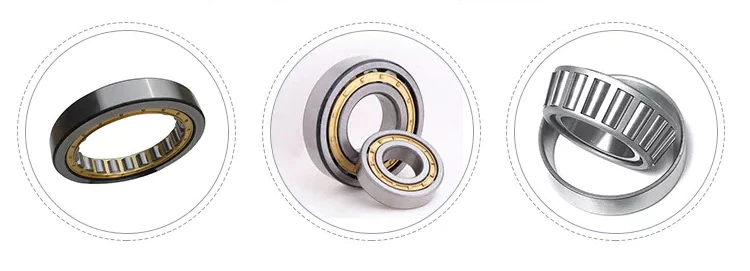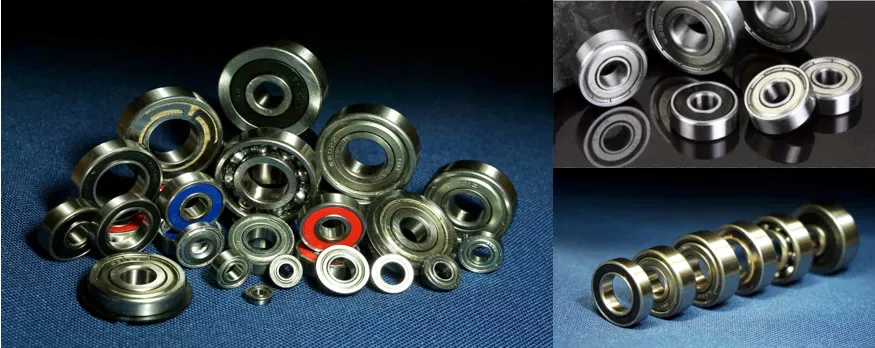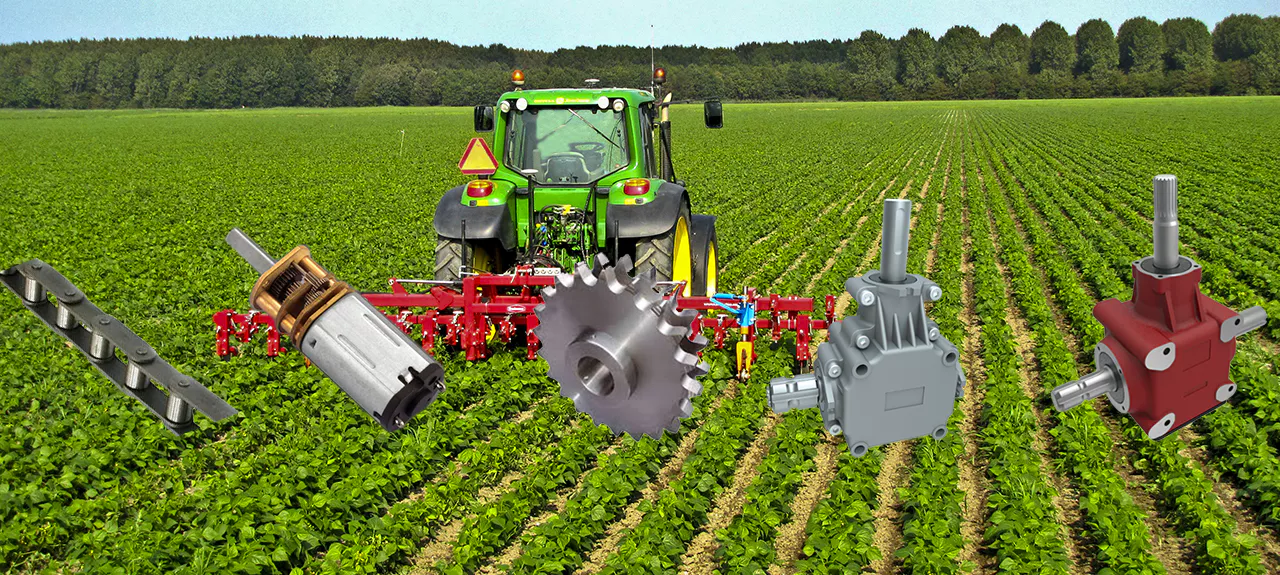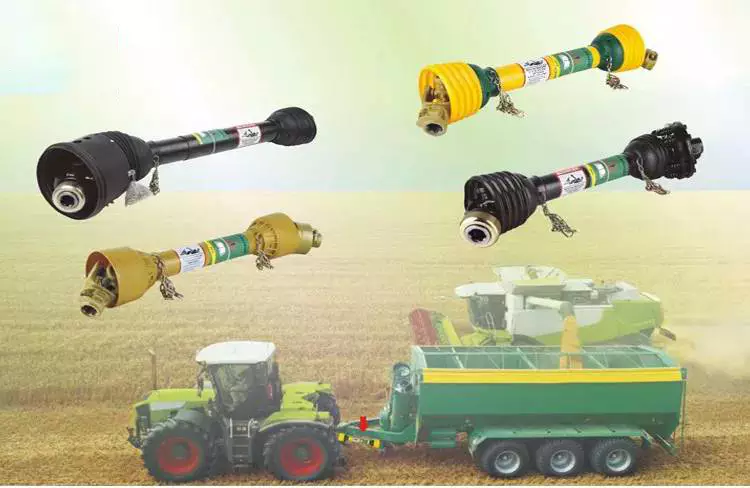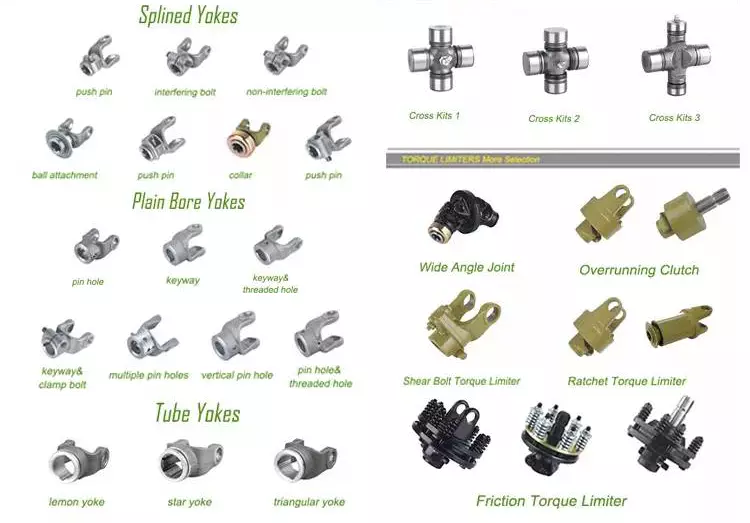Product Description
Product Description
Our hay bales are manly ideal for picking up hay silage,wheat,rice straws,grass,alfafa and compressing them into bales compaactly which can make it much easier for you to handle,transport and store the above-mentioned hay materials.
Advantage:
*Driven by the PTO system,it fits well with small tractors.
*CE approved,high quality,Janpanse technology.
*Automatic binding System
*Make the picking and bunding up at 1 time.
*Baling with natural hemp rope,it is harmless to animals.
*Easy to transport and storage after strapping.
How fast can I drive the baler? How do I tell if I am at the right speed?
The baler should appear to be pulling the hay into the machine, almost as if it is a vacuum cleaner. As long as the pickup tines are keeping up with all the hay in front of the baler, speed can be increased. Overloading the baler, however, can lead to the machine jamming and the potential for broken shear bolts.
What travel pattern should I use while baling?
Depends on the field. Mini round balers are super-maneuverable. When you get to the end of the row, the baler can simply be picked up to make a tight turn and head down the next row. If your tractor won't pick the baler up off of the ground, or if you are using a baler with a drawbar, your turning radius may be restricted. In that case, skip a row so you can make a more gradual turn. If you are baling particularly small windrows, weave back and forth over the windrow so both edges of the baler receive hay. This will result in a more consistently cylindrical bale.
Detailed Photos
Product Parameters
| MODEL | 0571 |
| Bale size mm Diameter X Width |
610x700 |
| Dimensions mm | 1300x1300x1350 |
| Weight(Approx) kgs | 440 |
| Pickup width mm | 800 |
| Working speed km/h | 2-5 |
| Capacity Bales/hour |
80-100 |
| Tire size | 16x6.50-8 |
| Horsepower Requirement | 30-50hp |
| PTO RPM | 540 |
Certifications
FAQ
FAQ:
1 Spare parts available?
-certainly, all the spare parts were made by ourself ,customers could buy from us directly.
2 Could I have own color and brand?
-Your own color is customized!Brand service please contact with me ,I will check ERP system for you.
3 I am an end user ,Could you sell baler for me?
-Two chioces for you
1 We can tell local distributor near from you.
2 Buy directly from factory, just please tell me detailed address with post code.
4 I want to buy the other equipment,Could you help me together to delivery the goods for container or purchase it?
-We not only delivery goods for u, also could give suggestion before purchase the order.
5 Why I have not hear your company before ?
-Our factory in Chinese field many years ,I could give your info about local dealers convenient to check our quality
-We have cooperate with dealers for secrecy agreement abour brand name.
6 What is payment method?
- We accept T/T in advance as deposit,the balance before shipping or against the BL.
7 Do you have CE Certificate or any inspection allowed?
- Most of our products(Hay baler,Rotary tiller,Disc mower) are certified by CE and we accept the inspection of SGS,BV,TUV etc.
8 How about our agricultural machines fit with other Brand tractors?
- Our 3-point system fit all class 3 point tractors.
9 How could I become a dealer in my area?
- Usually we have 1-2 dealers in 1 area,because dealers couldnt sell all of our models.
10 Do you have after sell service?
-Our company not only provide sparts for guarantee,and technical skill also.
The benefits of using pulleys
A pulley is a mechanical device that converts force into rotation. There are many advantages to using pulleys. Let's take a look at a few of them. This article will describe the advantages, types, applications, and power sources of pulleys. You can then choose the pulley that best suits your specific needs. If you're looking for a new tool to help you with a certain task, this article is for you.
Mechanical advantage
The mechanical advantage of a pulley can be defined as the ratio of applied force to the applied force. The mechanical advantage of a pulley can be calculated by considering several factors, including weight and friction. It can be calculated by the force applied per unit length of rope and the number of pulleys used. In a single-circuit system, the force required to lift a heavy object is equal to the user's body weight.
The mechanical advantage of a pulley can be realized by comparing it to a seesaw. Both uses of rope are suitable for lifting objects. A rope 4 times heavier than a kilo is 4 times as effective. Because the forces on both sides of the pulley are equal, a small force is enough to move a large weight a short distance. The same force can be applied to a large mass to lift it several meters.
After introducing the concept of mechanical advantage, learners will practice using the pulley system. In addition to testing the pulley system, they should also calculate its mechanical advantage. Using either the instructor-provided handout or the learner's workbook, students will determine how easily the pulley system functions. Once they have completed the test, they can discuss their results and how the system can be improved. These courses are best completed as part of a mini-unit or as a standalone main course.
The mechanical advantage of the pulley system is proportional to the number of rope loops. This circuit requires the same force as the dual circuit to lift heavy objects. A single lap requires only a third of the force to lift a double lap, while 3 laps require almost half the energy required for a single lap. The mechanical advantage of the pulley system becomes constant as the number of cycles increases.
The 3:1 Mechanical Advantage system feels like lifting a 300-pound load with 3 feet of rope. The three-foot-long rope moves the load 1 foot high. Understanding the mechanical advantages of pulleys is critical for rescuers when trying to create the perfect pulley system. Ideally, the pulley system will be anchored to a nearby rock, tree, pole or person - if the weight is not too heavy.
Types of pulleys
There are several types of pulleys. V-belt pulleys are the type commonly used in vehicles and electric motors. "V" pulleys require a "V" belt, and some even have multiple V grooves. "V" pulleys are often used in heavy duty applications for power transmission because they reduce the risk of power slippage.
Composite pulleys combine the properties of fixed and movable pulleys. Compound pulleys are able to change the direction of force while requiring relatively low force to move even the heaviest loads. Mechanical advantage is a measure of the effectiveness of a machine or equipment. It can be divided into 3 categories: force, distance and mechanics. Once you understand how each type works, you can design complex machines.
Fixed pulleys: These pulleys are the most basic type of pulleys. They use ropes and slotted wheels to move with the lifted object. Because they are so simple to set up, lifting heavy objects is a breeze. Although the moving object feels light, it is actually heavier than it actually is. These pulleys are used in construction cranes, utility elevators and many different industries.
Compound Pulley System: A pulley pulley is a combination of 2 fixed pulleys and 1 movable pulley. Compound pulley systems are effective for moving heavy objects because they have the largest force multipliers and are flexible enough to change the direction of the force as needed. Composite pulley systems are commonly used in rock climbing, theater curtains and sailing. If you're looking for a pulley system, you can start by evaluating the types of pulleys and their uses.
Construction Pulleys: These are the most basic types of pulleys and have wheel rails. These pulleys can be lifted to great heights and attached to chains or ropes. They allow workers to access equipment or materials from greater heights. They are usually mounted on wheels with axles and secured with ropes. They are essential tools for construction workers. There are many different types of pulleys out there.
energy source
Belts and pulleys are mechanical devices used to transmit energy and rotational motion. The belt is connected to the rotating part of the energy source, and the pulley is mounted on the other. One pulley transmits power to the other, while the other changes the direction of the force. Many devices use this combination, including automobiles, stationary generators, and winches. It is used in many home applications, from conveyors to treadmills. Pulleys are also used for curtains in theater halls.
Pulley systems are an essential part of modern industry and everyday life. Pulleys are used in elevators, construction sites and fitness equipment. They are also used in belt-driven generators as backup power. Despite their simple and seemingly humble beginnings, they have become a versatile tool. From lifting heavy objects to guiding wind turbines, pulley systems are widely used in our daily lives.
The main reason why pulleys are so popular is the mechanical advantage they offer. They can lift a lot of weight by applying very little force over longer distances. For example, a small motor can pull 10 meters of cable, while a large motor can pull 1 meter. Also, the work done is equal to the force times the distance traveled, so the energy delivered to the large motor is the same.
The power source for the pulley system can be cables, belts or ropes. The drive element in a pulley system is usually a rope or cable. A belt is a loop of flexible material that transmits motion from 1 pulley to another. The belt is attached to the shaft and a groove is cut in the pulley. The belt then transfers energy from 1 pulley to the other through the system.
application
A pulley is a mechanical device used to lift heavy objects. They reduce the amount of work required to lift heavy objects and are an excellent choice for many applications. There are several different applications for pulleys, including elevators, grinders, planters, ladder extensions, and mountaineering or rock climbing. Let's take a look at some of the most popular uses for pulleys in modern society. These include:-
A pulley is a mechanical device that changes force. To use, you wrap the rope around it and pull down to lift the object. While this device is very useful, a major limitation of using pulleys is that you still have to apply the same force to lift the object as you would without the pulleys. This is why people use pulleys to move large objects like furniture and cars.
In addition to lifting heavy objects, pulleys are used in elevators, flagpoles and wells. These systems allow people to move heavy objects without straining their backs. Many other examples of pulleys in the home include garage doors, flagpoles, and elevators. They also help raise and lower flagpoles, which can reach several stories high.
There are 2 basic types of pulleys: movable and fixed. Fixed pulleys are attached to a ceiling or other object using 2 ropes. Modern elevators and construction cranes use movable pulleys, as do some weight machines in gyms. Composite pulleys combine movable and fixed pulleys to minimize the force required to move heavy objects.
Another type of fixed pulley is the flagpole. A flagpole can support a country, organization, or anything else that needs to be lifted. A taller flagpole creates a prouder moment for those who support it. The operation of the rope and pulley mechanism is very simple. The user simply attaches the flag to the rope, pulls the pulley, and he or she can watch the flag rise and unfold.


